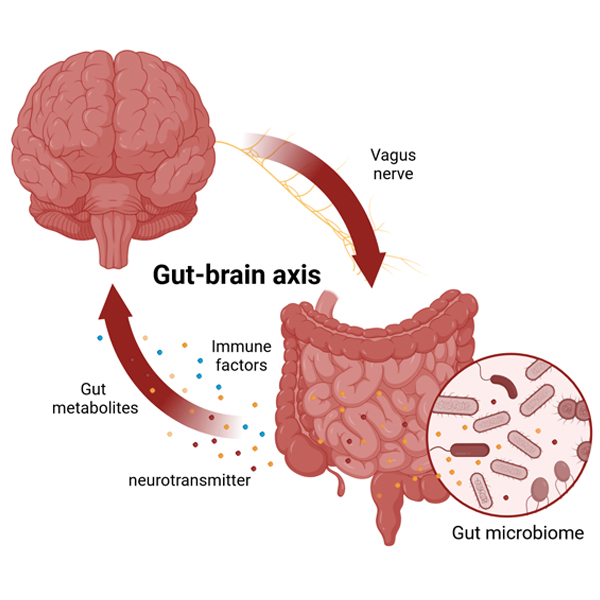

Research Terms
These decoy protein receptors can be used to treat neurodegenerative diseases. Neurodegenerative diseases, including Alzheimer’s and Parkinson’s, affect more than 6 million people in the United States. Over time and with age, the body’s natural protein growth can start to develop abnormalities or become more susceptible to pathogens, affecting physical and cognitive functions. Toll-like receptors (TLRs) are cell surface proteins that act as sensors detecting infections or other foreign microbial protein. Once an infection is detected, toll-like receptors activate the innate and adaptive responses of the immune system for protection. Available toll-like receptor inhibitors can potentially trigger unexpected, detrimental side effects by weakening the body’s innate immune system. Researchers at the University of Florida have developed these soluble toll-like receptor decoys to detect and treat neurodegenerative diseases. The decoy protein receptors better synergize with the body’s natural defense capacity, creating a treatment for proteinopathy diseases without compromising the body’s innate immune system. Especially promising are decoy receptors based on soluble toll-like receptor 5, which by binding amyloid ß protein aggregates, can have major impact on amyloid accumulation, which is thought to trigger Alzheimer’s disease.
Decoy protein receptors detect and treat neurodegenerative diseases caused by protein abnormalities or pathogens
Toll-like receptors are essential in activating the antimicrobial inflammatory responses of the immune system. Toll-like receptors have special leucine-rich ligand binding ectodomain on the surface that can recognize pathogen/disease associated molecular patterns. University of Florida researchers have developed these specially designed soluble polypeptides using the same surface binding sites as the natural toll-like receptors to invoke the body’s immune response to specific diseases. When the ligands of toll-like receptors bind with different pathogen-associated molecular patterns, local cells start transcription of infection and inflammatory mediators. Administration of an effective amount of a soluble polypeptide directly or peripherally to the brain can treat a wide range of neurodegenerative proteinopathy diseases, including Alzheimer’s disease, Parkinson’s disease, synucleinopathy, or tauopathy.






























